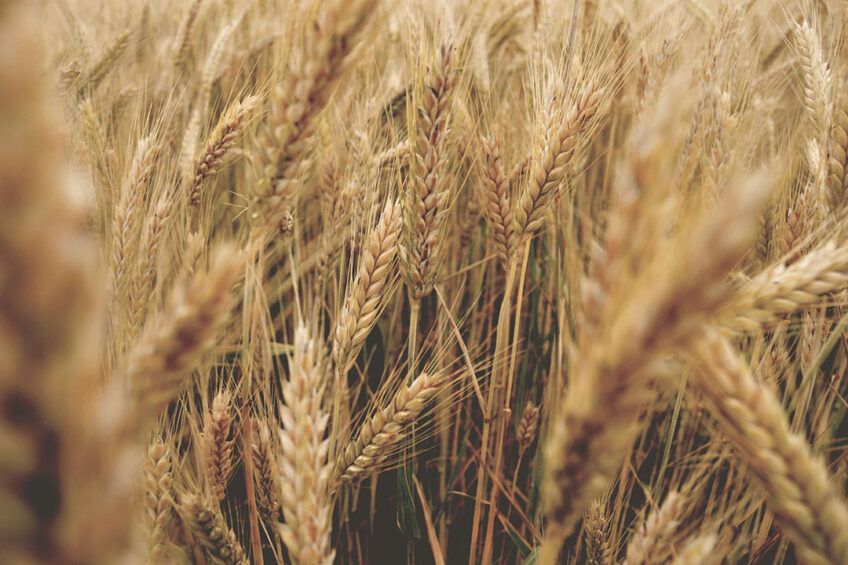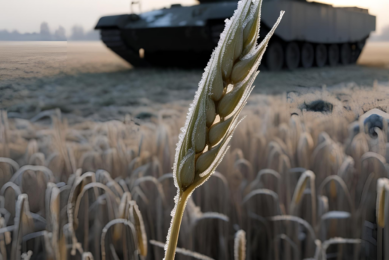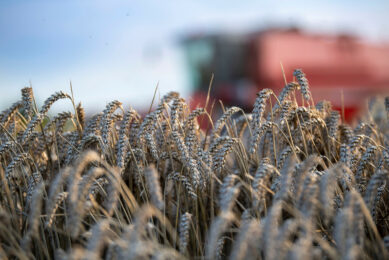Belarus giant feed project gains traction, despite hurdles

The Belarussian National Biotechnological Corporation (BNBC) is on the fast track to reach full designed production performance on feed and premixes. They are also proceeding with expanding the amino acids and vitamin division. Gaining a foothold on the key export markets, including in the European Union, is now seen as a paramount, though tricky task.
BNBC is scheduled to start operating at full force on feed and premixes in September, Leonid Zayats, Belarussian Deputy Prime Minister, said, visiting the production site on July 27. The commissioning of some production facilities has been postponed towards the end of the year due to certain “hitches” encountered, Zayats said.
So far, BNBC has publicly spoken out about major export agreements signed only with Russian customers. Zayats unveiled that arrangements had been concluded to export 109,000 tonnes of feed to Russia worth $218 million.
“Currently, negotiations are underway to export poultry and pig feed in order to ensure the loading of production capacities, to cover the needs of the foreign and domestic markets,” Zayats said.
On the Belarussian market, farmers have already placed orders for 127,000 tonnes of feed. This figure is expected to grow by additional 95,000 tonnes in the near future, Zayats forecasted.
Historically, Belarus has been a large European agricultural exporter. BNBC has also been designed as a fully export-oriented project. To date, BNBC has seemingly achieved the strongest progress in fish feed exports, managing to a certain extent to replace European companies on the Russian market.
Feed capacities
BNBC is designed to produce 264,000 tonnes of poultry feed, 264,000 tonnes of pig feed, 132,000 tonnes of cattle feed, 92,000 tonnes of fish feed, and 132,000 tonnes of premixes per year, Alexey Mlinchik, spokesperson for BNBC, said during a conference in Moscow in June. In addition, the company is establishing capacities to produce 40,000 tonnes of L-lysine monochloride 98.5%, 37,000 tonnes of L-lysine sulphate 70%, 8,000 tonnes of threonine 98.5%, 1,600 tonnes of tryptophan 98.5%, and 22,000 tonnes of wheat gluten, he added.
In 2020, BNBC representatives disclosed that the corporation had signed an agreement with foreign customers worth $500 million. So far, the actual export dynamics appear to be far from this target.
Export progress
BNBC started exporting its first products in the third quarter of 2021, selling 790 tonnes worth $300,000, Mlinchik reported. Exports jumped to 4,595 tonnes with an overall worth of $2.1 million in the fourth quarter of 2021, owing to the commissioning of new production capacities. However, sales to foreign customers slumped to 1,651 tonnes worth $1.5 million in the first quarter of 2022.
These figures are believed to be on the rise in the second half of 2022, as BNBC managed to partly meet the demand for fish feed on the Russian market.
Filling the fish feed gap
Aleksey Zaitsev, head of the BNBC’s economy department, said that the company evidenced an unprecedented demand for fish feed, as import supplies to Russia have been curtailed due to Western sanctions. Zaitsev said that almost right from the start, BNBC had to introduce additional shifts at the fish feed plant to meet the demand.
Russia used to import 80% to 90% of the feed for valuable fish species from the EU. However, a large share of European suppliers suspended sales to Russian customers in the past few months.
“Our [fish feed] plant works almost around the clock. We see a rush demand. The facility is loaded at 150%. Basically, [most] products go to the Russian market,” Zaitsev said.
On the other hand, the company puts a lot of effort into diversifying exports, delivering some product batches to Asia and the Middle East, Zayats said, not providing additional details.
EU, Ukraine are lost markets?
However, there are looming fears about the future of the BNBC export in the Western direction. Although sanctions imposed on Belarus since the beginning of the Ukraine crisis have not targeted agricultural exports, indirectly, they wreaked havoc on selling a broad range of commodities to European customers.
In 2019, Ilya Snopkov, BNBC’s strategic development and planning director, said that the primary target was to conquer from 5% to 10% of the feed amino acids market in the European Union, which in Belarus is considered a premium market.
At that time, Snopkov estimated that taking over a stake in the European feed additive market would not be problematic since the company already had some important agreements with big European clients.
At the beginning of 2022, Belarus remained optimistic about the prospects in the European direction. In late 2021, the company started selling its products through Belarusian Universal Commodity Exchange. In early February of 2022, BNBC reported that some companies from Western Europe participated in the trade of L-lysine sulphate and that this fact pushed the prices on the market higher.
In the past, BNBC also planned to export feed additives to Ukraine. However, in March of 2022, Ukrainian officials reported that the entire trade relationships with Belarus were frozen in response to aiding the Russian invasion.
A source in the Russian feed industry described BNBC as a well-elaborated project that “fell victim of the Ukraine war”. He continued: “Given the sanctions, it is hard to imagine they [BNBC] would be able to sell anything to the EU in the foreseeable future. On the other hand, soaring logistics costs promise to hinder exports in the Asian direction. European sea ports are closed for Belarussian goods, while in Russians, again, a sanction problem comes up.”
In the current conditions, BNBC most likely will have to focus increasingly on the Russian market. However, without the other large sales market, the company could delay ramping up production performance, for the time being, the source assumed.











